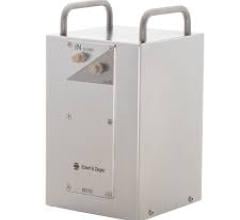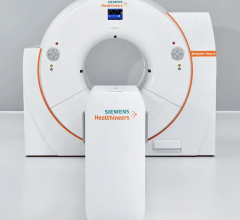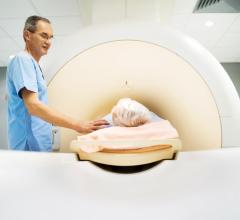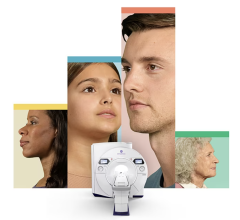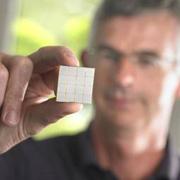
October 27, 2010 – A new digital silicon photomultiplier technology has been developed with applications in both X-ray and nuclear imaging. Philips developed the technology by scaling a single-pixel sensor to a fully integrated 64-pixel sensor with a sensing surface of more than 10 square centimeters.
Capable of counting single photons (the basic quantum units of light) and detecting their arrival time with an accuracy of around 60 picoseconds, the new digital silicon photomultiplier technology will allow faster and more accurate photon counting in a wide range of applications where large-area ultra-low light detection is required.
The technology’s scalability could have a major impact on the medical imaging field, particularly positron emission tomography, or PET imaging.
"The digital SiPMs (silicon photomultipliers) from Philips use new concepts that make them very interesting for fast timing applications in particle and nuclear physics," says professor Michael Düren, Ph.D., of Giessen University, Giessen, Germany.
Philips’ new digital silicon photomultiplier technology offers the ‘solid-state’ alternative to large-area sensors using photomultiplier tubes. Additionally, it consumes very little power. The prototype 8 by 8 pixel array consumes less than one W, and it is insensitive to magnetic fields.
For more information: www.healthcare.philips.com


 July 25, 2024
July 25, 2024 



